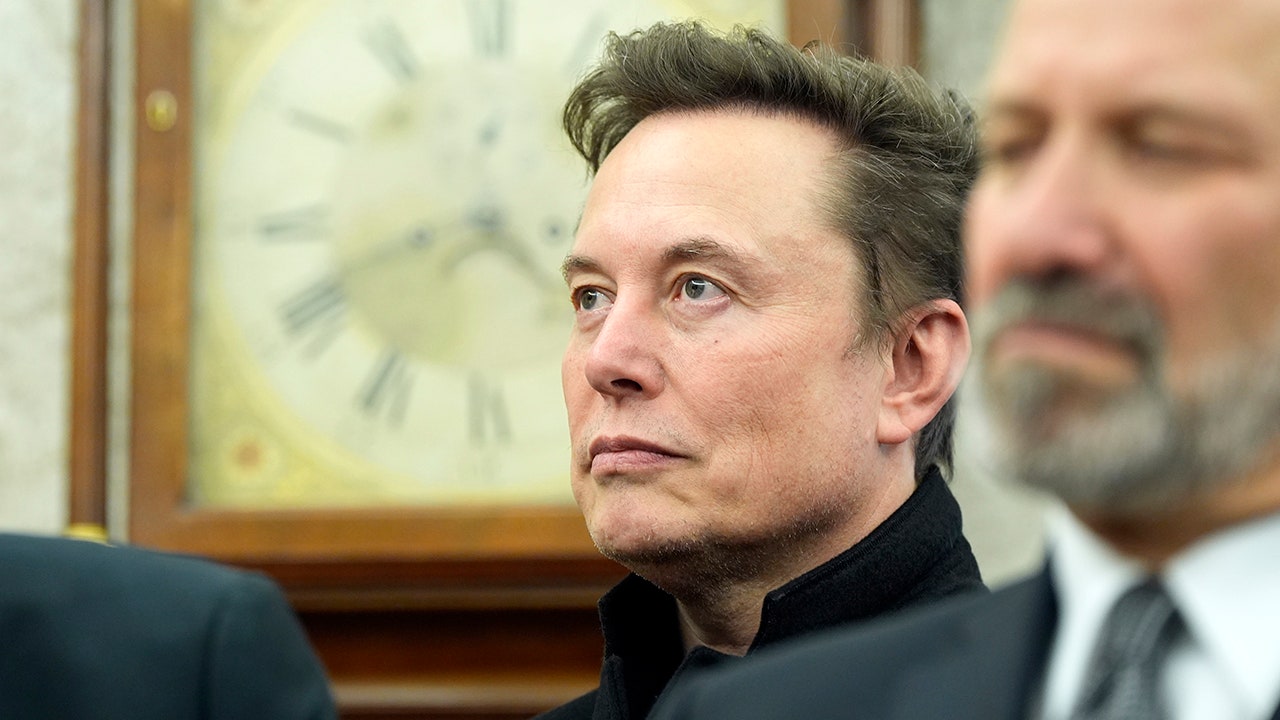Politics
DOGE lays off 3,600 probationary HHS employees – but retains 4,000

Streamlining Government: Department of Government Efficiency Takes Action on HHS Workforce
In a significant move to enhance government efficiency, the Department of Government Efficiency (DOGE) announced the termination of employment for 3,600 probationary employees within the Department of Health and Human Services (HHS) on Friday. This decision was made as part of a broader effort to reduce the size of the federal workforce while ensuring that critical functions remain uninterrupted. The layoffs, which affect probationary employees, are expected to save taxpayers approximately $600 million annually. However, the process was far from indiscriminate. DOGE took great care to exempt employees serving in specialized or critical roles, ensuring that key operations within HHS continued without disruption. More than half of the agency’s probationary employees were retained, reflecting a nuanced approach to workforce reduction.
Protecting Critical Roles: A Thoughtful Selection Process
The decision to terminate probationary employees was not taken lightly. DOGE implemented a meticulous process to identify and retain employees in critical roles. For instance, employees working on refugee and resettlement programs within the Administration for Children and Families (ACF) were spared, as were those involved in emergency preparedness and response at the Centers for Disease Control and Prevention (CDC), the Administration for Strategic Preparedness and Response (ASPR), and other divisions of HHS. Scientists conducting vital research at the CDC and the National Institutes of Health (NIH) were also retained, as were frontline healthcare providers at the Indian Health Service (IHS). Additionally, employees working on Medicare and Medicaid at the Centers for Medicare and Medicaid Services (CMS), as well as those responsible for drug approvals and inspections at the Food and Drug Administration (FDA), were exempt from the layoffs.
To ensure the retention of these critical employees, DOGE carefully evaluated the key functions of HHS. The agency considered frontline healthcare providers, scientists engaged in innovative research, and personnel responding to emergencies. It also scrutinized individual roles, including work history, background, and job titles. In cases where there was ambiguity about an employee’s role, DOGE consulted directly with individuals familiar with the work being done within specific divisions. This collaborative approach ensured that the agency retained employees whose work was essential to the health and safety of the American public.
Financial Accountability: Uncovering Misplaced Funds
The layoffs are part of a larger effort by DOGE to identify inefficiencies and cost-saving opportunities across the federal government. In addition to the $600 million saved through the HHS layoffs, the agency recently uncovered $1.9 billion in taxpayer money that it claims was “misplaced” by the Biden administration. This discovery underscores DOGE’s commitment to financial accountability and transparency. The agency’s efforts are not limited to workforce reduction; it is also examining contracts, grants, and regulations to identify areas where taxpayer dollars can be more effectively utilized.
A Strategic Approach to Workforce Reduction
While the HHS layoffs mark a significant step in DOGE’s mission, the agency’s approach to workforce reduction is not one-size-fits-all. Each federal agency is evaluated based on its unique functions and responsibilities. For HHS, this meant paying special attention to the CDC, where research functions, lab work, and outbreak surveillance and response were meticulously reviewed. The agency’s goal is to reduce the size of the federal workforce while ensuring that the government continues to perform its critical functions effectively.
Balancing Efficiency and Essential Services
The layoffs and cost-saving measures implemented by DOGE reflect the new administration’s commitment to making the federal government more efficient. While reducing the size of the federal workforce is a key priority, officials emphasized that this goal must be balanced with the need to maintain essential services. “Healthcare is obviously an important goal for the new Secretary, for the President,” said a Trump administration official. “We want to make the government more efficient and reduce the size of the federal workforce, but we also want to make sure we’re very thoughtful about the critical functions that the government needs to perform.” This dual focus on efficiency and accountability is at the heart of DOGE’s efforts.
Looking Ahead: The Broader Agenda of Government Efficiency
The HHS layoffs and the discovery of misplaced taxpayer funds are just the beginning of DOGE’s efforts to streamline government operations. The agency’s work is part of a broader agenda to make the federal government more efficient and accountable to the American people. As DOGE continues its evaluations of other federal agencies, it will employ the same careful and considerate approach used in the HHS layoffs. By focusing on key functions, specialized responsibilities, and individual roles, the agency aims to ensure that the government is both effective and fiscally responsible. The success of these efforts will depend on collaboration, transparency, and a commitment to preserving the critical services upon which millions of Americans rely.